Let’s consider a hypothetical scenario: Your organization is subject to strict regulations mandating the separation of certain sensitive data and systems to mitigate the risk of unauthorized access and data breaches. With E-Panzer as your partner, we are experts at implementing network segmentation to ensure optimal security and efficiency within your organization’s network infrastructure.
What is Network Segmentation?
Network segmentation involves dividing a network into smaller segments or zones, limiting access to sensitive data and resources. This strategy provides an additional layer of defense against cyber threats, improves visibility and control mechanisms, and enables tailored security controls based on the sensitivity of each segment.
The implementation of network segmentation is mandated for many industries to protect sensitive data, prevent unauthorized access, and reduce the risk of data breaches. Standards like PCI DSS, HIPAA, and GDPR require network segmentation to safeguard critical assets and comply with security and privacy regulations. By isolating critical data and sensitive assets through access controls, firewall rules, VPNs, and next-generation firewalls, organizations can restrict communication between segments and enhance security.
To effectively meet regulatory standards and enhance cybersecurity through network segmentation, most organizations should follow best practices such as defining clear objectives, evaluating infrastructure, implementing SDN and NAC solutions, conducting continuous monitoring and assessment, documenting decisions, facilitating audits, and using appropriate tools like firewalls and VLAN. Continuous monitoring is crucial for ensuring ongoing compliance with network segmentation measures.
At E-Panzer we architect and deploy end-to-end infrastructure segmentation, including micro-segmentation to enhance security and compliance.
Architecting and Deploying End-to-End Infrastructure Segmentation involves
- Design a Segmentation Strategy: Create a comprehensive strategy based on critical assets, business needs, and data flow rules between segments.
- Choose the Right Technology: Select appropriate technologies like VLANs, firewalls, or Software-Defined Networking (SDN) that align with organizational requirements.
- Enforce Strict Access Controls: Implement strong access controls for each segment to ensure only authorized users and devices access specific areas.
- Regularly Update Segmentation Rules: Continuously review and update segmentation rules to adapt to evolving threats, business needs, and regulatory changes.
- Understand Micro-Segmentation: While network segmentation limits north-south traffic between networks, micro-segmentation provides detailed east-west protection within a network by restricting access to devices, servers, and applications that communicate internally.
- Implement Micro-Segmentation: Utilize micro-segmentation as a granular approach for intra-network traffic to prevent lateral movement for threat actors within the system.
- Balance Security and Usability: Avoid over-segmentation that can impact usability by creating too many segments or under-segmentation that may not provide adequate protection.
- Follow Least Privilege: Minimize access within systems based on actual need to strengthen security posture and simplify monitoring and tracking of traffic.
- Limit Third-Party Access: Restrict third-party access to minimize vulnerabilities and reduce exploitable entry points into the network.
- Audit and Monitor Networks: Continually monitor and audit networks to identify security gaps, isolate incidents, and quickly address security issues.
With these best practices for architecting and deploying end-to-end infrastructure segmentation, including micro-segmentation, organizations can enhance security, meet compliance requirements, protect critical assets from cyber threats, and optimize network performance effectively.
Let E-Panzer Security be your partner when dealing with compliance.
Implementing network segmentation is a critical step for organizations to meet regulatory standards, enhance cybersecurity, protect critical assets from cyber threats, and ensure compliance with industry regulations like PCI DSS and HIPAA. By following E-Panzer’s best practices, organizations can build a robust defense against cyber threats while maintaining regulatory compliance. Contact the team at E-Panzer now to learn more about these essential compliance strategies.

















